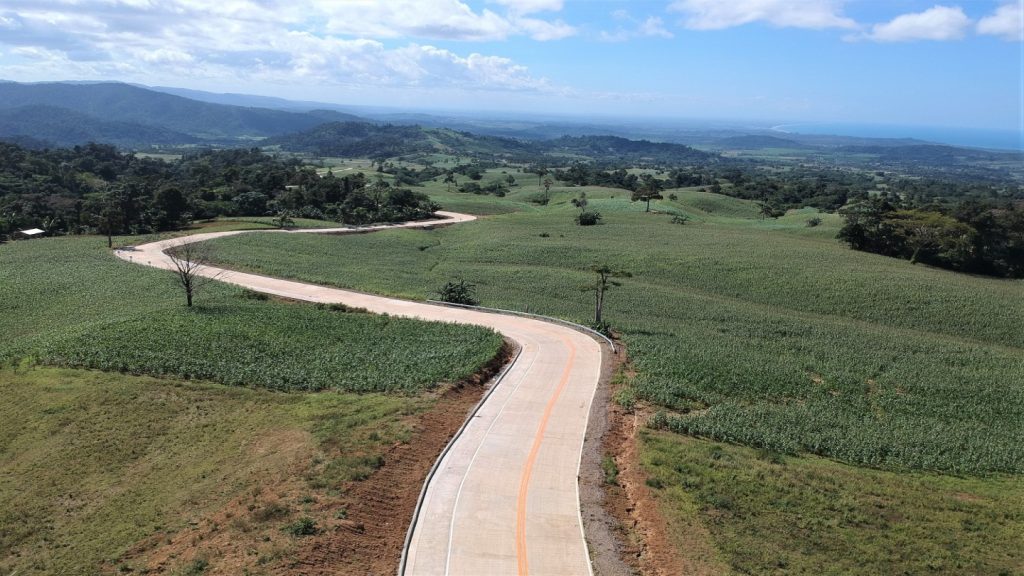Predicting trends in the construction market is never a simple task, with so many factors in play. Nevertheless, with the indicators at our disposal, the signs for the coming year and beyond have taken a positive turn.
In the US construction market, commentators see a return of investment to many development sectors, though optimism is tempered with caution. Some predict a return of demand for office developments, while high levels of home sales and residential construction are expected to continue. ‘We’re seeing an increase in high-rise condominium projects,’ says Ronnette Riley, chair of the AIA Committee on Design. ‘Retail is always a strong market, both in an up and a down economy.’
At the moment, economic indicators point to recovery, with modest growth in US GDP expected for 2004.These signs play a large part in supporting this optimism. This, along with increased federal funding, has also fuelled the anticipated growth in highway construction, according to the American Road & Transportation Builders Association (ARTBA).
In Europe, too, the outlook is brighter. In the UK, for example, where construction accounts for around 10% of GDP, the industry is embracing sustainability and waste reduction measures. Government backed demonstration projects for sustainable development have so far pumped £8bn into the construction sector.
Furthermore, Europe still benefits from major landmark projects, some of which take design, construction and technology beyond their traditional limits. Among those yet to break ground is the £200m Vortex tower, which is set to be a striking addition to London’s skyline.
See Also:
‘The work of Santiago Calavera, Richard Rogers, Norman Foster and others have pushed both the technology and aesthetics of architecture in new directions,’ says AIA’s Riley. ‘I think Ground Zero is an example of a lost opportunity to set the tone. We can only hope that the project will be as good or better than the original.’
How well do you really know your competitors?
Access the most comprehensive Company Profiles on the market, powered by GlobalData. Save hours of research. Gain competitive edge.

Thank you!
Your download email will arrive shortly
Not ready to buy yet? Download a free sample
We are confident about the unique quality of our Company Profiles. However, we want you to make the most beneficial decision for your business, so we offer a free sample that you can download by submitting the below form
By GlobalDataEASTERN PROMISE
Landmark projects have also been plentiful in Asia, where investment in innovative, high-tech and sustainable structures continues to flow. ‘The first major projects that I became aware of,’ says Riley, ‘were the HSBC Bank, formerly the Bank of Hong Kong and Shanghai by Norman Foster, the Tokyo International Forum in Japan by Rafael Vinoly, the Petronas Tower in Kuala Lumpur by Caesar Peli, and the Shanghai World Financial Center by Kohn, Pederson and Fox.’
The coming years will also see the construction of Beijing’s new international airport, designed by Foster & Partners, and major development in China will be a significant opportunity. ‘Currently it’s the hotel and office high-rise buildings,’ says Riley, ‘although the work we’ve done in Asia has been in the retail sector.’
The multinational expertise that is brought together extends the capabilities of the designs and brings a broad mix of cultural influences to bear. ‘In architecture, the global community truly works,’ comments Riley, ‘as all projects are accessible via the internet and publications. One doesn’t have to travel there to experience the project anymore. It’s instantaneous.’
However, the globalisation of development projects has shed light on the different structures within the industry around the world. ‘The roles of the architect, client and contractor are very different in each of these three continents,’ notes Riley. ‘In the USA, the architect has more control over the execution of the construction documents, with very detailed drawings and specifications. Many of my colleagues who are doing large projects in Asia work with local architects, but provide less detailed drawings. We are currently working in Europe and navigating through the differences between the role of the architect and the role of the contractor compared with the USA.’
As such relationships mature and investment starts to grow, innovation will no doubt continue, giving the industry the momentum it needs to continue moving forward.







